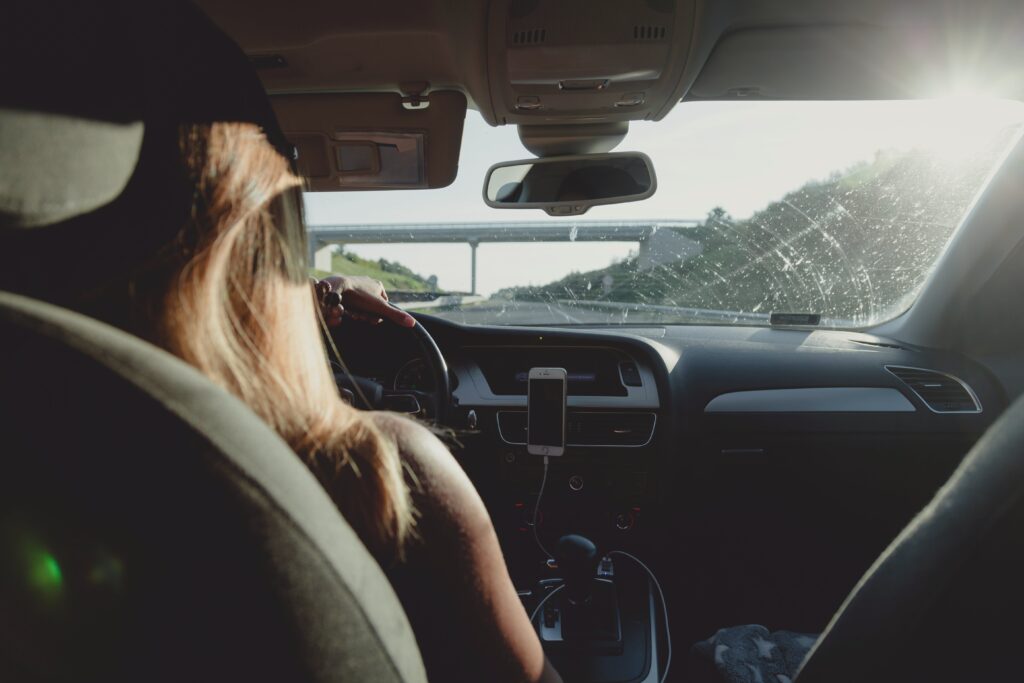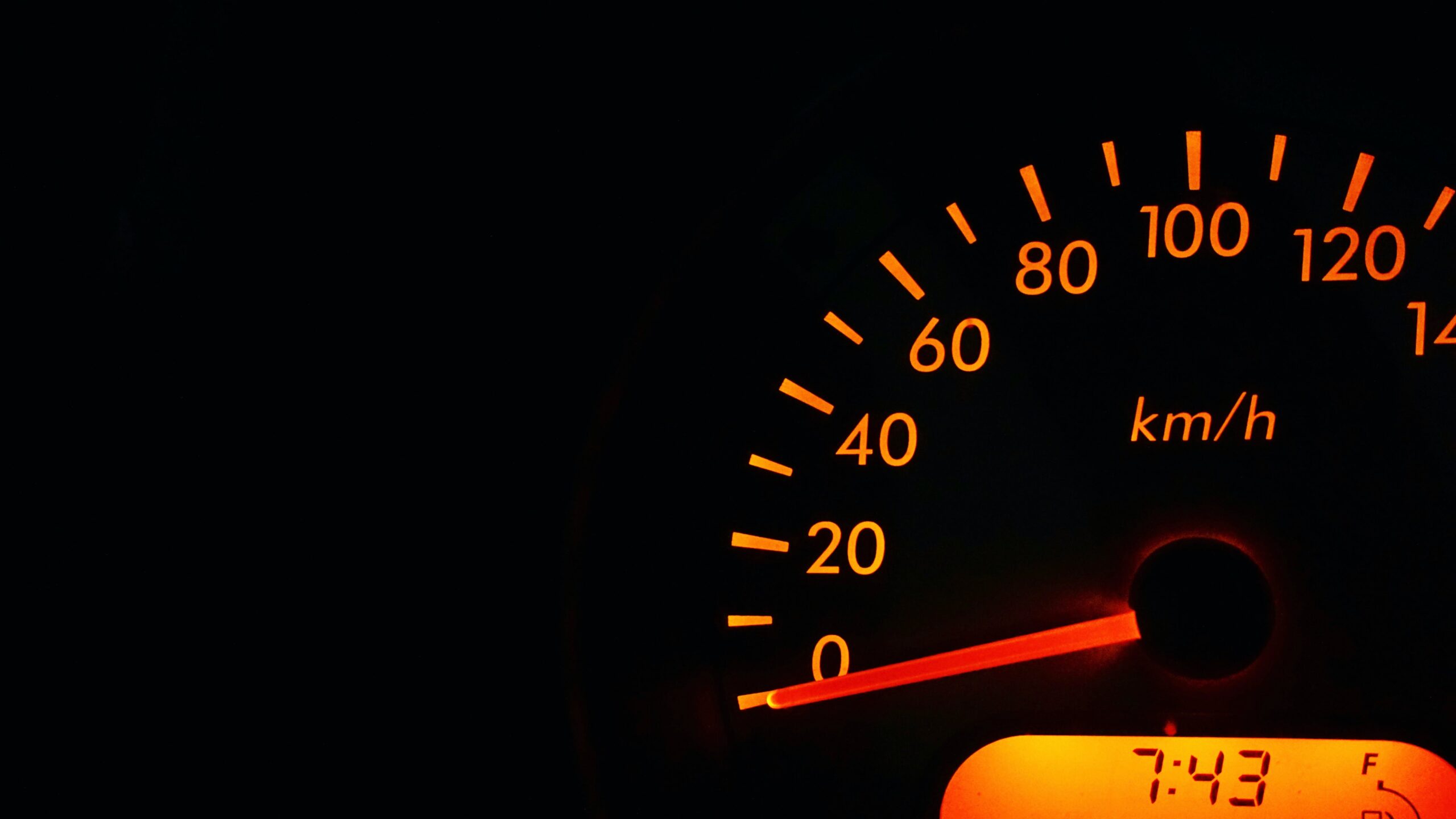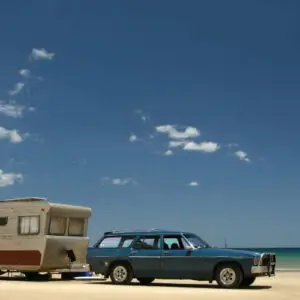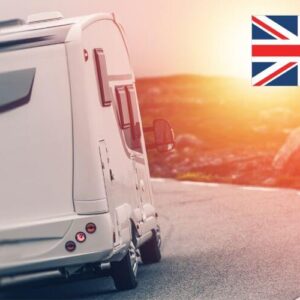What is the speed limit for towing a caravan? Driving with a caravan in tow is an adventure that many travel enthusiasts eagerly anticipate. However, ensuring a safe and enjoyable journey involves understanding and adhering to the speed limits specifically designed for towing. In this comprehensive guide, we’ll explore the factors influencing the speed limit for towing a caravan and provide essential tips to optimise your travel experience.
Speed Limit For Towing A Caravan: Understanding Towing Speed Limits
Driving with a caravan requires a keen awareness of the legal speed limits that govern such journeys. Each region or country may have its own set of rules, so it’s crucial to familiarise yourself with local regulations.
National Speed Limits
In many countries, the national speed limit for towing a caravan is lower than the regular speed limit. This is implemented to ensure the safety of both the caravan driver and other road users. Check with local authorities to determine the specific speed restrictions applicable to towing.
Variable Speed Limits
Some regions may have variable speed limits based on factors such as road conditions, weather, and time of day. Stay informed about any dynamic changes in speed limits, as these can significantly impact your towing experience.
Towing a Caravan on The Motorway
In the absence of any temporary restrictions, such as those imposed due to roadworks or alternative speed limits on smart motorways, the standard speed limit for vehicles without a caravan or trailer is 70mph.
However, when towing a caravan, a reduced speed limit of 60mph applies for safety reasons, ensuring a secure and stable travel experience.
It’s important to adhere to any temporary lower speed limits that may be in effect for all traffic. Additionally, on motorways with three lanes or more, refrain from entering the outside lane.
If there are only two lanes, it is permissible to use the outside lane for overtaking; nonetheless, as a general practice, return to the left lane promptly after completing the overtaking maneuver, akin to driving solo.
Towing a Caravan on a Dual Carriageway
The permitted maximum speed for towing on a dual carriageway, given the absence of other temporary or permanent restrictions, is 60mph.
Interestingly, in situations where the posted speed limit is already 60mph, you are allowed to match that speed without the necessity of reducing your speed by 10mph in alignment with the surrounding traffic. It is imperative, however, to strictly adhere to any temporary or posted speed limits that are set below the 60mph threshold.
Towing a Caravan on a Single Carriageway
If individual cars are permitted to travel at 60mph on a single-carriageway road, the speed limit reduces to 50mph when towing a caravan.
Given this lower speed, it is advisable, where safe to pull over and allow any queue of traffic to pass. Rule 169 of the Highway Code emphasises the importance of not impeding a lengthy line of traffic, particularly when operating a large or slow-moving vehicle. Regularly checking mirrors and, if necessary, pulling over to let traffic pass is recommended.
It’s crucial to consider current road conditions, as the existence of a speed limit does not automatically make it a safe target. Additionally, a universal speed limit of 30mph (48km/h) is applicable to all single and dual carriageways with street lights, unless specific signs indicate otherwise.
The Impact of Weight and Size
The weight and size of your caravan play a crucial role in determining the safe towing speed. Heavier and larger caravans generally require reduced speeds for stability and control. Always adhere to the manufacturer’s recommendations regarding the maximum towing speed for your specific caravan model.

Tips for Safe Towing Speed
- Gradual Acceleration: Avoid sudden acceleration to maintain stability.
- Maintain a Safe Following Distance: Leave ample space between your vehicle and the one ahead for better reaction time.
- Brake Responsibly: Allow for increased braking distance due to the added weight of the caravan.
- Uphill and Downhill Considerations: Adjust your speed on inclines and declines to maintain control.
Choosing the Right Tow Vehicle
Choosing the right tow vehicle is a critical aspect of ensuring a safe and smooth towing experience. The weight distribution and towing capacity of your vehicle play pivotal roles in determining its suitability for towing a caravan.
Before embarking on your journey, it’s imperative to thoroughly assess whether your towing vehicle is adequately equipped to handle the specific weight and dimensions of your caravan. This involves not only considering the gross vehicle weight rating (GVWR) but also the tongue weight and overall towing capacity. The GVWR denotes the maximum weight a vehicle can safely carry, including passengers and cargo, while the tongue weight is the downward force exerted on the hitch ball by the caravan. Exceeding these limits can compromise your vehicle’s stability and maneuverability.
To make an informed decision, consult your vehicle’s manual, which serves as a comprehensive guide providing specific towing guidelines tailored to your make and model.
The manual will outline the manufacturer’s recommendations regarding towing capacity, hitching procedures, and any additional equipment or modifications that may be required for optimal towing performance.
Keep in mind that towing capacities can vary significantly between different vehicles, even within the same class or model year. Therefore, understanding your vehicle’s capabilities and limitations is crucial for a safe and enjoyable towing experience.
Regular Maintenance Checks
Before embarking on your journey, it is paramount to prioritise a comprehensive pre-trip inspection to ensure the safety and reliability of both your towing vehicle and the caravan it pulls.
Start by examining the tires of both the towing vehicle and the caravan, checking for adequate tread depth, proper inflation, and any signs of wear or damage. Proper tire maintenance is crucial for optimal traction, especially considering the additional load and stress introduced by towing.
Shift your attention to the braking system, a critical component for safe towing. Confirm that the brakes on both the towing vehicle and the caravan are in good working order. This includes checking brake pads, rotors, and brake fluid levels.
Addressing any issues with the braking system before hitting the road is essential for efficient stopping power and overall safety.
Next, inspect the lighting systems of both the towing vehicle and the caravan. Ensure that all lights, including headlights, taillights, brake lights, and turn signals, are functioning correctly.
Proper illumination is not only a legal requirement but also a crucial aspect of maintaining visibility, especially during low-light conditions or inclement weather.
Pay close attention to the suspension systems of both the towing vehicle and the caravan. A well-maintained suspension contributes to a smoother ride, minimising the impact of bumps and uneven road surfaces.
Check for signs of wear or damage to components such as shocks, struts, and springs. Addressing any issues with the suspension system enhances stability and control, particularly when towing a heavy load.
Additionally, don’t overlook the hitching mechanism and safety chains connecting the towing vehicle to the caravan. Ensure that the hitch is securely attached, and the safety chains are properly latched. A strong and reliable connection between the towing vehicle and the caravan is essential for safe towing and prevents the risk of detachment during transit.
By conducting these thorough checks before embarking on your journey, you not only promote the safety of yourself and fellow road users but also contribute to the overall performance and longevity of your towing setup. Regular maintenance and pre-trip inspections instill confidence in your equipment, allowing you to enjoy a worry-free and memorable caravan adventure.
The Role of Technology in Safe Towing
Explore advancements in technology designed to enhance towing safety. Features such as trailer sway control and electronic stability control can contribute to a smoother towing experience.
Conclusion
Embarking on a road trip with a caravan is a thrilling experience, but safety should always be a top priority. Understanding and adhering to the speed limit for towing a caravan is fundamental to a secure and enjoyable journey. By following local regulations, considering the weight and size of your caravan, and implementing safe towing practices, you can confidently navigate the roads and create lasting memories on your caravan adventures. Safe travels!



